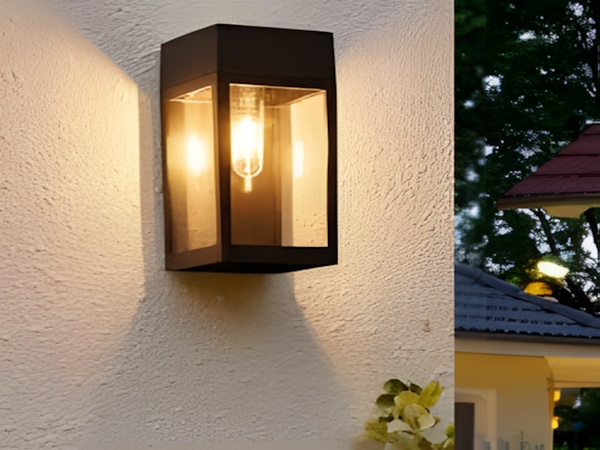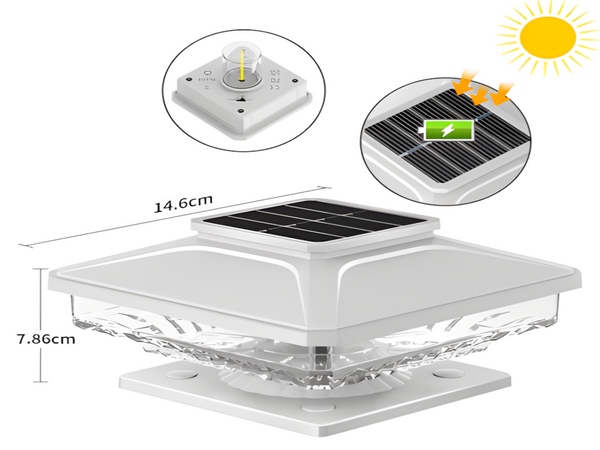
Previously, the streetlights used were mostly traditional electric streetlights, which rely on electricity to function. Without electricity, these streetlights cannot operate normally. Therefore, after installing streetlights, there will be costs associated with electricity usage, and they may not be very safe. With advancements in technology, the introduction of solar streetlights aims to replace traditional electric streetlights. But how can these streetlights operate without electricity?
1. Working Principle of Illumination
The use of lighting fixtures is very common today and provides significant benefits. The reason why solar streetlights can illuminate without relying on electricity is due to the solar controller and storage batteries installed internally. The controller absorbs solar radiation and converts it into electricity, which is stored in the batteries. When the streetlight needs to be activated, it can draw power from the stored electricity in the batteries.

2. Can They Be Used on Rainy Days?
Many people might have a fixed mindset about solar streetlights, thinking they can only operate on sunny days. However, they can function normally even on rainy days. The batteries can store electricity, so they can continue to operate for about a week even in rainy conditions. Additionally, after using these streetlights, there are no electricity costs to pay, making them a very low-cost lighting option that is worth widespread installation.

Currently, there are many areas needing solar streetlights, which are safe and environmentally friendly to use. Thus, large-scale installation and utilization are not an issue, and they can be trusted for reliable performance.



